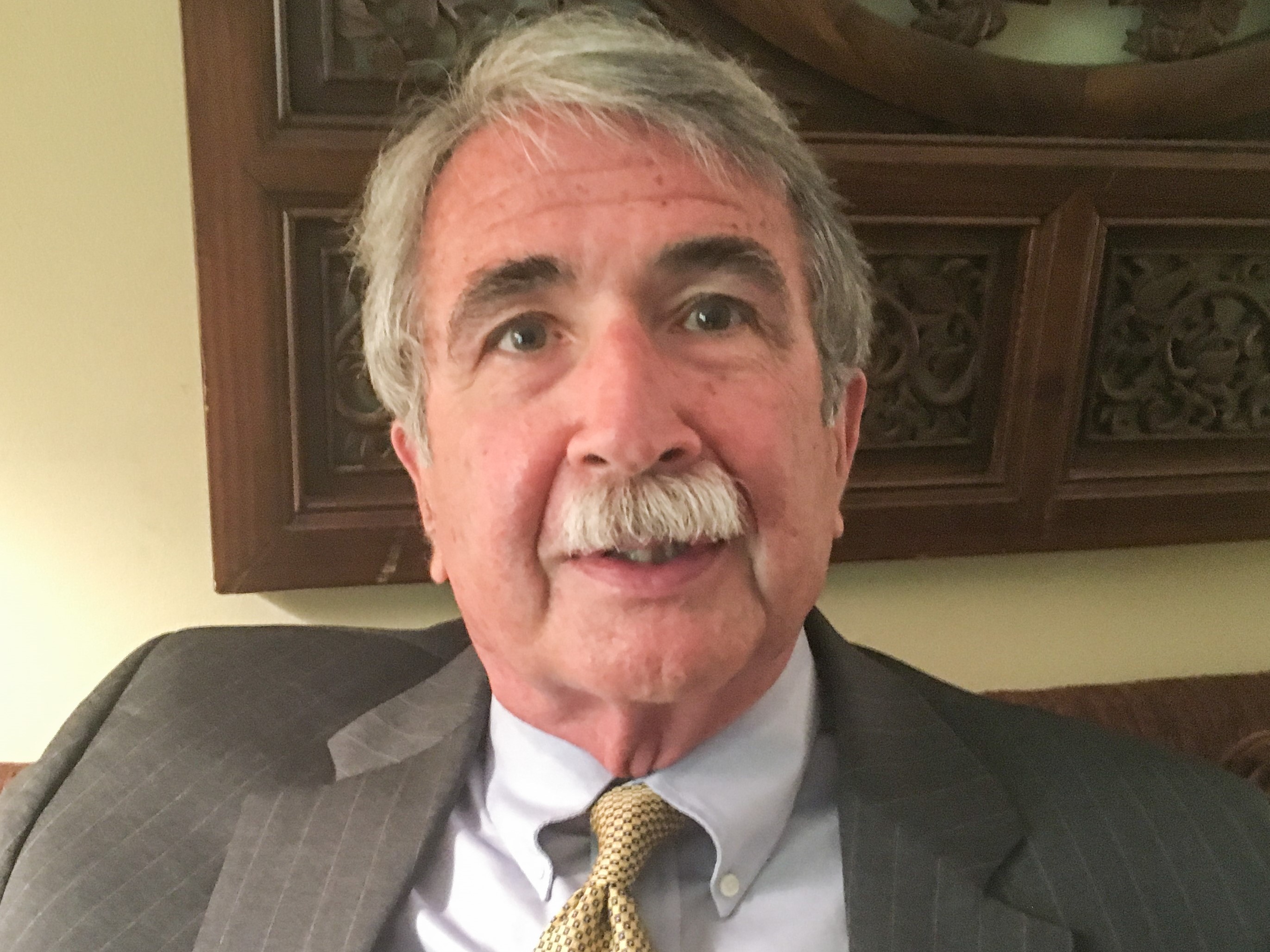

mL −1 in L-glutamine (32 mM), penicillin (100 U.In brief, freshly isolated eosinophils were resuspended at a concentration of 2×10 6 cells Granulocyte-macrophage colony-stimulating factor (GM-CSF), tumour necrosis factor (TNF)-α and interleukin (IL)-5 were selected as inflammatory cytokines that prolong survival of human eosinophils 11.Ĭytofluorometric analysis of eosinophil apoptosisĪpoptosis was determined by flow cytometry analysis of propidium iodide (PI) staining of DNA fragmentation. The present study addresses whether spontaneous and cytokine-delayed eosinophil apoptosis may be modulated by a clinically used antioxidant like NAC. Recent studies from the current authors’ laboratory have also demonstrated the capacity of NAC to exert anti-inflammatory effects in an experimental model of allergic asthma 9 and to inhibit the generation of oxidant species from activated human eosinophils 10. NAC has proved beneficial in pulmonary diseases linked to oxidative stress 8.
#Nac nuclear time free
Hence, antioxidant drugs may modulate eosinophil apoptosis and have a potential role in the pharmacological treatment of allergic inflammation 3, 4.Īlthough initially used as a mucolytic, N-acetyl- l-cysteine (NAC) is a thiol compound that acts directly as a free radical scavenger and a precursor in reduced glutathione (GSH) synthesis, thus protecting cells from oxidant damage 7. Interestingly, oxidant stress is also implicated in promoting apoptosis on different cell types 5, 6. Activated eosinophils release a variety of pro-inflammatory mediators, including oxidant species 2, and thiol-sensitive redox regulation appears important in eosinophil function 3, 4. In conclusion, N-acetylcysteine modulates eosinophil apoptosis by inhibiting constitutive apoptosis but reversing the survival effect produced by inflammatory cytokines in human eosinophils.Īctivation and prolonged survival of human eosinophils are prominent features of allergic inflammation 1. The increase in eosinophil NF-κB binding activity induced by GM-CSF and TNF-α was suppressed by NAC. NAC (5 mM) increased eosinophil glutathione content. NAC (5 mM) also increased the rate of apoptosis in the presence of tumour necrosis factor (TNF)-α (10 ng NAC (5 mM) inhibited spontaneous apoptosis (33.6☒.7%, n = 5) but augmented apoptosis in the presence of GM-CSF (30.9☑.5%, n = 5). Granulocyte-macrophage colony-stimulating factor (GM-CSF 10 ng The rate of spontaneous apoptosis of human eosinophils after 24 h culture, as assessed by annexin-V-positive staining, was mean±sem 48.2☑.4%, n = 5. Apoptosis and cellular glutathione were assessed by cytofluorometric analysis and nuclear factor (NF)-κB binding activity assessed by electrophoresis mobility shift assay. Human eosinophils were purified from the blood of healthy donors by a magnetic separation system. The present study aimed to examine the effects of the antioxidant N-acetyl- l-cysteine (NAC) on constitutive and cytokine-delayed apoptosis in human isolated eosinophils. Eosinophils are oxidant-sensitive cells considered relevant in allergic inflammation.


 0 kommentar(er)
0 kommentar(er)
